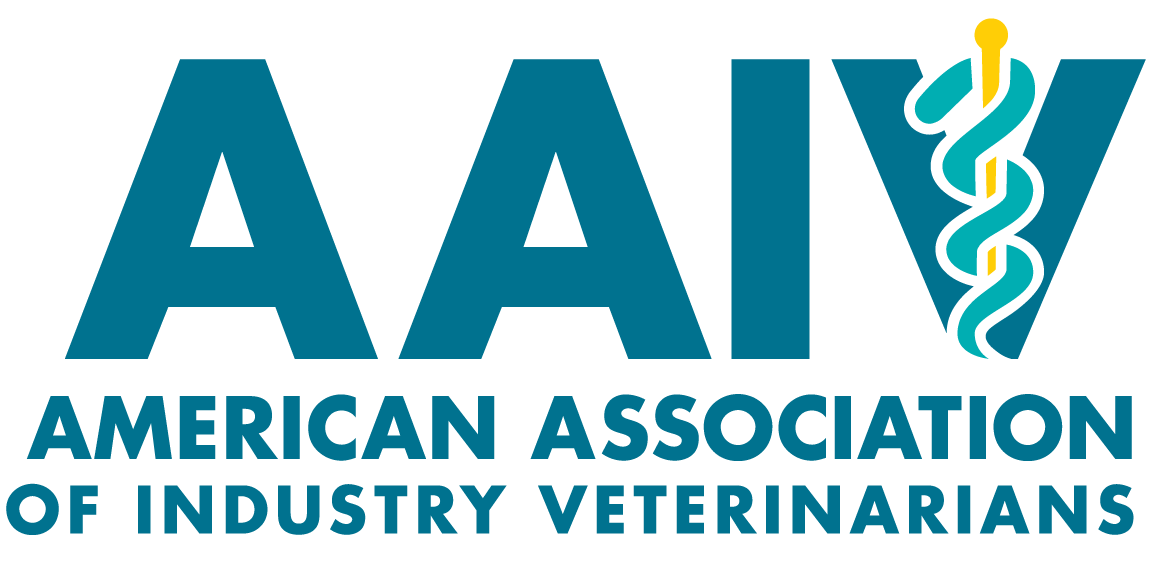Leading to Team Satisfaction and Productivity
By Debra Nickelson, D.V.M
During the Women’s Veterinary Summit at WVC, Dr. Mia Cary of Cary Consulting and (former AAIV President) led a discussion on Leadership Strategies: Leading to Team Satisfaction and Productivity.
While most organizations (including AAIV) have a mission and vision to keep everyone moving towards a common goal, you can apply Personal Purpose Statements for your personal leadership. These statements are short (1-2 sentences), action oriented, ever evolving and answer these questions:
• Mission: Why do I exist?
• Vision: What is my desired future state?
• Purpose: What matters most to me?
• Core values: How do I go about it?
A couple examples of a personal purpose statement:
• My purpose is to help others identify their gifts and transform goals into reality.
• My purpose is to provide others the opportunities for them to recognize and build their leadership qualities.
Once you have created a personal purpose statement, analyze your current activities and actions against that purpose. Your organizations and AAIV do this – review plans and activities based on feedback, analysis and strategic planning. Both you and organizations ask:
• What should start?
• What should stop?
• What should continue?
• What should change?
And this list should be periodically reviewed with the modifications to your personal purpose statement.
Then think about how you translate your personal purpose to how you lead others and teams. There are five behaviors of a cohesive team, according to Patrick Lencioni (The Five Dysfunctions of a Team) which are comprised of satisfied employees that operate at a consistently high level of productivity.
• Build trust – Abandon pride and fear so each team member can simply be themselves.
• Master conflict – Enable team members to engage in productive, unfiltered debates of ideas and concepts, without personal attacks.
• Achieve commitment – Move forward with complete clarity and buy-in from every team member.
• Embrace accountability – Hold each other accountable based on each members’ role and responsibility with respectful problem solving and performance management.
• Focus on shared results – Value collective outcomes more than individual results, enjoy success and analyze failure acutely, honestly and openly.

